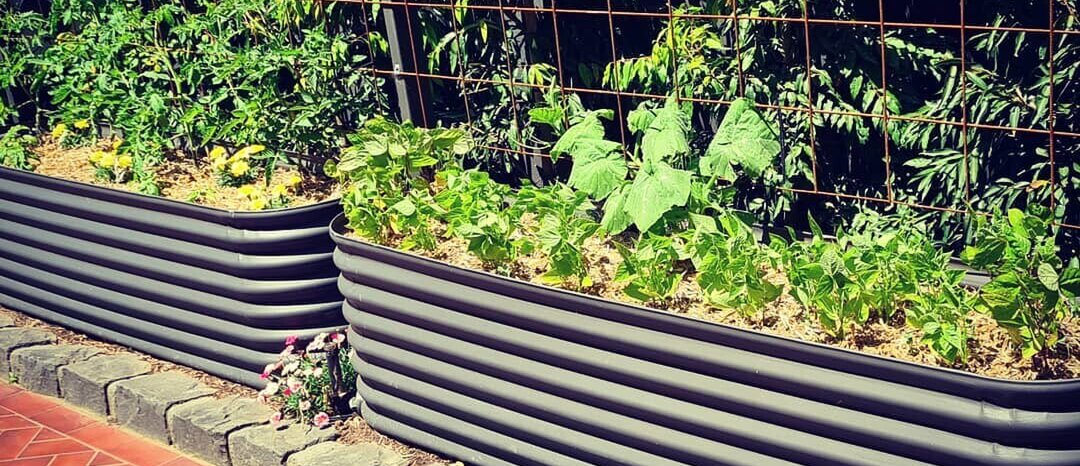The first Wicking Bed I made was 14 years ago and I chose to do one of the unique corner/heart/kidney shapes we do. I simply put a bottom on it and then sealed it. As I was a "newby" I went by the book so to speak. I put an overflow pipe in at a predetermined height, I laid pipework in the bottom and I added some plastic upturned crates which I covered with matting. The first crop went gang busters, it really performed well however the second crop (which was corn) fell over!
Why?
I discovered the reason pretty quickly.
The soil level had dropped since the first set up and I hadn't allowed for that meaning the water level was now consequently just below the top of the soil meaning the corn drowned!
As a result, the next Wicking Bed I made (a triangle one) I put the fitting for the overflow in the bottom just like in a water tank, then I screwed in a 90˚ bend into that and added a riser pipe. This one is the one I shifted Christmas 2020 and discovered the upside down plastic tubs had been crushed thus doing nothing and the unit had soil right to the bottom. This proved a theory I had developed along the way - the pipework was unnecessary.
Further experimentation led me to delete most of what I consider to be unnecessary work setting Wicking Beds up. The last few I have done all I do is place them on an adequate base, add some water (to test for leaks, they are easy to fix when they are empty but a massive pain if they are full and planted out) then place a layer of charcoal in the bottom, bales of straw (as many as you can practically fit) and top dress/fill with good soil and compost. Wicking bed ready for planting, growing and soon harvesting your thriving home grown produce. I eliminated all the pipes, the geofabric matting and the crates. My tank making experience tells me that the fine particles will always make their way to the bottom and thus build up over time. I also know having trialled a few years ago geofabric strainer bags in tanks that they fairly quickly become sullen.
The beauty of the 90˚ bend and the pipe is that with a simple twist of the pipe you can effectively adjust the level of water your Wicking Bed will/can hold. It means your corn (or whatever is growing at the time) won't drown.
